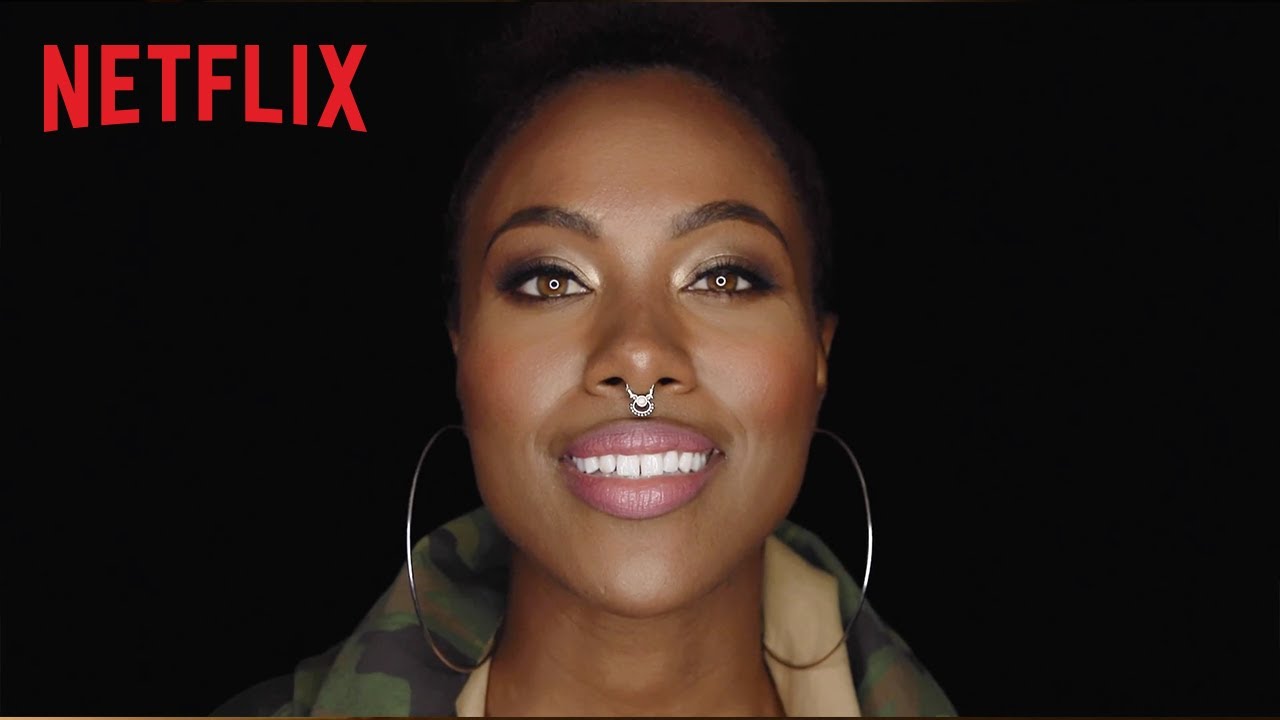
The two best parts of She's Gotta Have It exist on opposite ends of the show's tonal spectrum. On one side, there are the opening credits to Spike Lee's reimagining of his 1986 debut feature, which juxtapose black-and-white images of Fort Greene-the Brooklyn neighborhood where Lee grew up and where both iterations of She's Gotta Have It are set-as it existed more than 31 years ago with full-color ones of Fort Greene as it exists today. In the age of the "skip intro" button, the credits sequence has become something of a dying art, but Lee has taken the time to compose his as a thesis statement. A jazz score by Bruce Hornsby, elaborating on the original film's music by Lee's father Bill, plays over landscapes and portraits that sketch out a shifting urban ecosystem. The contrast between Fort Greene then and now is drastic, but Lee refrains from exaggeration. There are pointed shots of advertisements for luxury buildings with sky-high rents, yet gentrifiers and longtime residents alike are presented in the same intimate light. The montage takes a heated subject and concisely illustrates the daily lives at hand without resorting to overbroad stereotypes, suggesting that the show it advertises will take a similarly realist tack.
At the other extreme is a gallery-opening scene in the sixth installment, "#HE GOT IT ALL
MIXED UP (DYSLEXIA)." She's Gotta Have It often excels at the larger-than-life parody one might expect from a filmmaker as stylized as Lee, who directed all 10 episodes; this is the same director who opened Bamboozled with a literal dictionary definition of the term "satire," and whose last feature was a sex farce told entirely in verse. That bombastic strain of humor peaks when Clorinda Bradford (Margot Bingham), curator and best friend of protagonist Nola Darling (DeWanda Wise), introduces a group exhibit that includes Nola's work. "Welcome to the Diastopian," she intones. "It is a movement of forward-thinking, Afro-centric artists reaching across boundaries to fabulate, deconstruct, redefine, assert, and expand the breadth and reach of the millennial voices of the people of the African diaspora." The speech is a buzzword salad, matched in self-importance only by some of the art it presents for sale; Nola's portraits of herself and her friends are exhibited alongside the works of a sculptor who goes by the name Zora Kneel Hurtin'. The satire extends to the critical aspects of the art world as well as the commercial, with a white writer (Wallace Shawn, perfectly cast as an avatar of intellectual pretension) opining via vlog on various artists' ability to express an "electrifying political perspective" on what it means to be African American.
Watch Video Below
Watch Video
